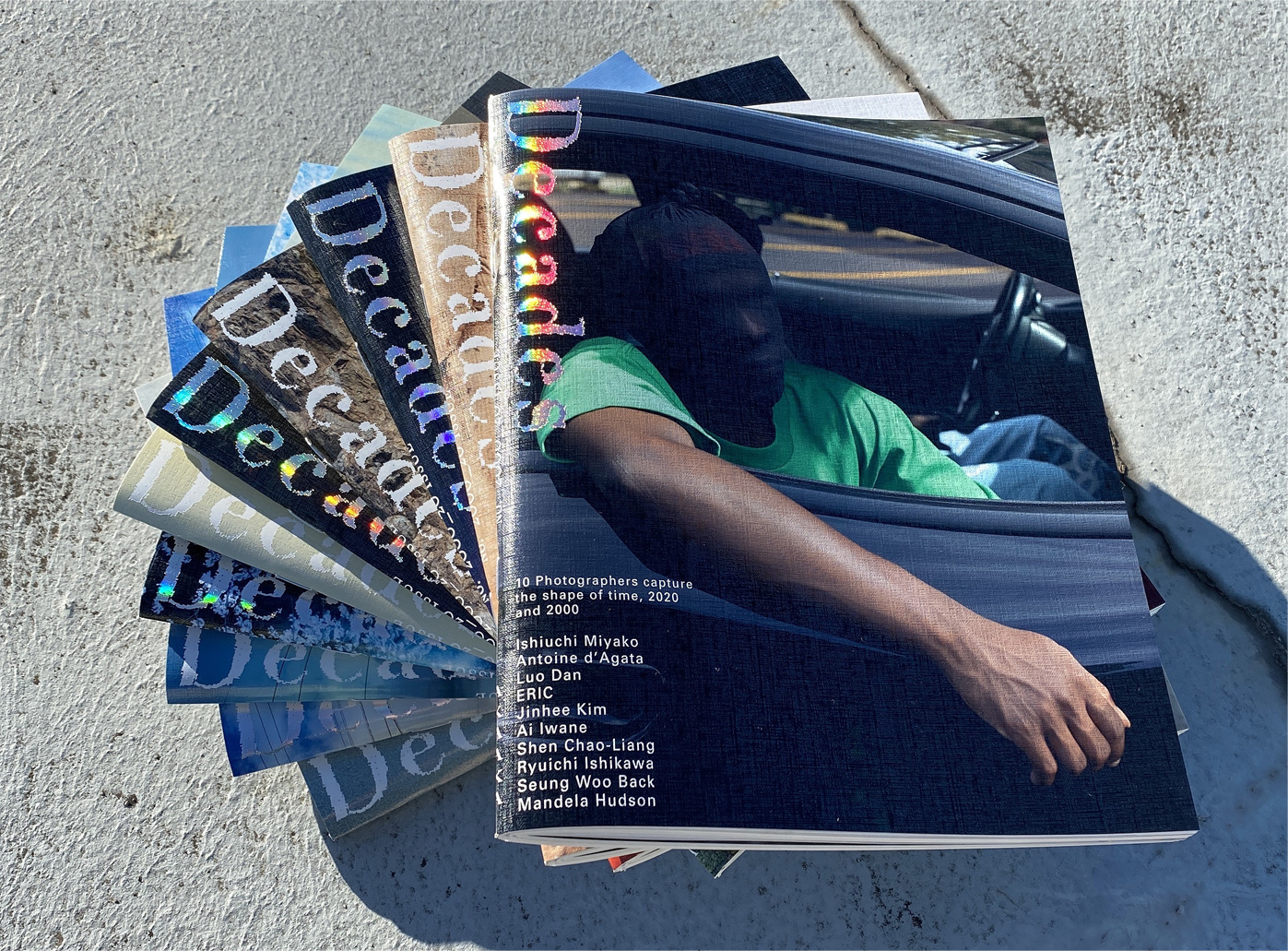 写真雑誌『Decades(No.1 2000_20 Issue)』の刊行にあたり、本誌の発起人である写真家・岩根愛へのメールインタビューが、作家・キュレーターである傅尔得(Joanna Fu)氏によって行われた。
本記事では、中国の假杂志(Jiazazhi Press )のWeChatページに初出された記事《我在2020年创办一本杂志,拒绝让一切暂停》を日本語と英語で再編し、その内容を紹介する。 Interviewer :傅尔得 Interviewee:岩根愛 |
| Q.(傅尔) | 『Decades』を創刊したのは、コロナの流行あってのことでしょうか、それとも以前からの計画だったのでしょうか? 写真家として、なぜ雑誌を創刊しようと思ったのでしょうか? | |
| A.(岩根) |
「いつか雑誌を作りたい」と、20年近く前から考えていました。
2020年の夏の終わりに、目の前に時間ができて、今やってみようと思って動きだしました。
並べて、比べて見ることができるのが雑誌特有の体験で私は育ち、写真家としてのキャリアも雑誌の仕事から始まりました。紙をめくって並べて見る、雑誌ならではの共有を試みたいと思ったのです。
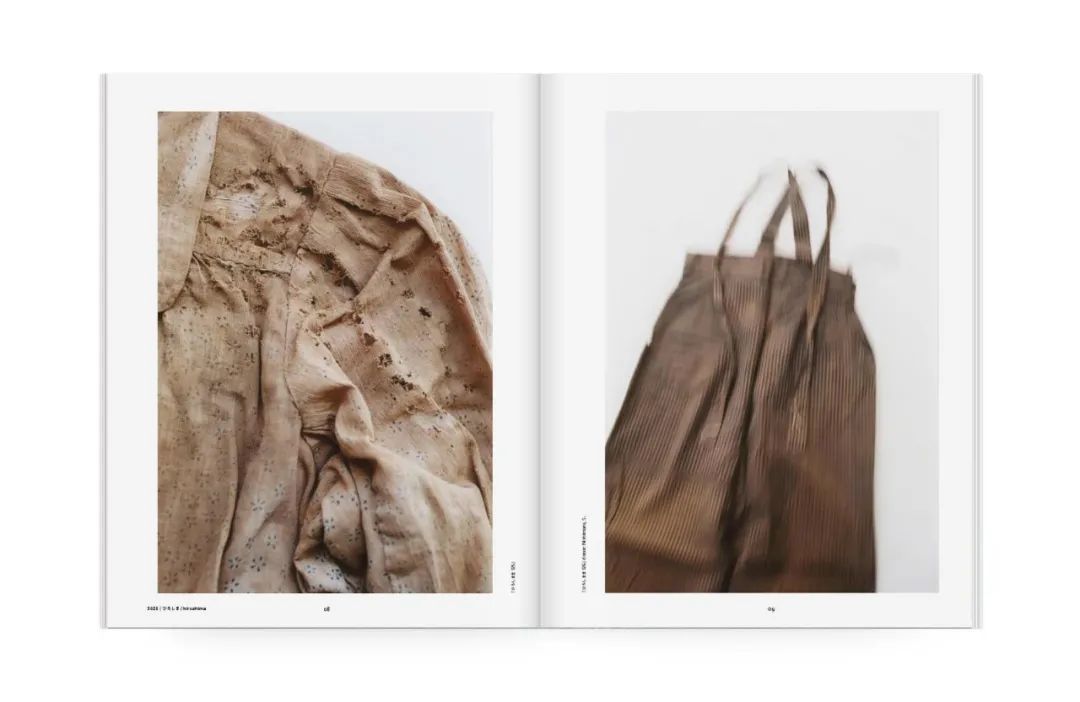 Ishiuchi Miyako "ひろしま / hiroshima" 『Decades(No.1 2000_20 Issue)』
| |
| Q.(傅尔) | 『Decades』という名前の通り、時間がキーワードになっているようですが、この雑誌タイトルの由来を教えてください。
| |
| A.(岩根) |
Millenium(世紀)、 Century(100年)、 Decade(10年)という時間の単位としての意味と、その単位の時間のブロックを、抜き出して誌面とする、ことを含めてタイトルにしました。 No1. 2000_20 Issue は、私を含めた10名の写真家が、2020年と2000年に撮影したフォトストーリーです。
| |
| Q.(傅尔) |
雑誌の創刊者と写真家の違いは何ですか?一番苦労したことは何ですか?
| |
| A.(岩根) |
それは何もかも違います! 雑誌を作るのは初めてだったので、信頼している同世代の、雑誌の編集者、アートディレクターにお願いし、全てが手探り状態である私を受け入れてもらって、話し合いを重ねて進めました。お互い仕事の経験が20年前後だと思います。 編集、発行に関わることで、どんな本ができるかは、作った人がどのように生きているかを映し出すものだということがよくわかりました。できたこともできなかったことも、造った私たちらしい雑誌になりました。 それから、原稿が届くという経験は、思いがけないギフトが贈られてくるような、素晴らしいものでした。参加してくださった方のリストを見てください。この方たちから、写真と言葉が届く、それを開封する喜びは、写真家では決して体験できないかけがえのないものでした。責任も伴うものですが。 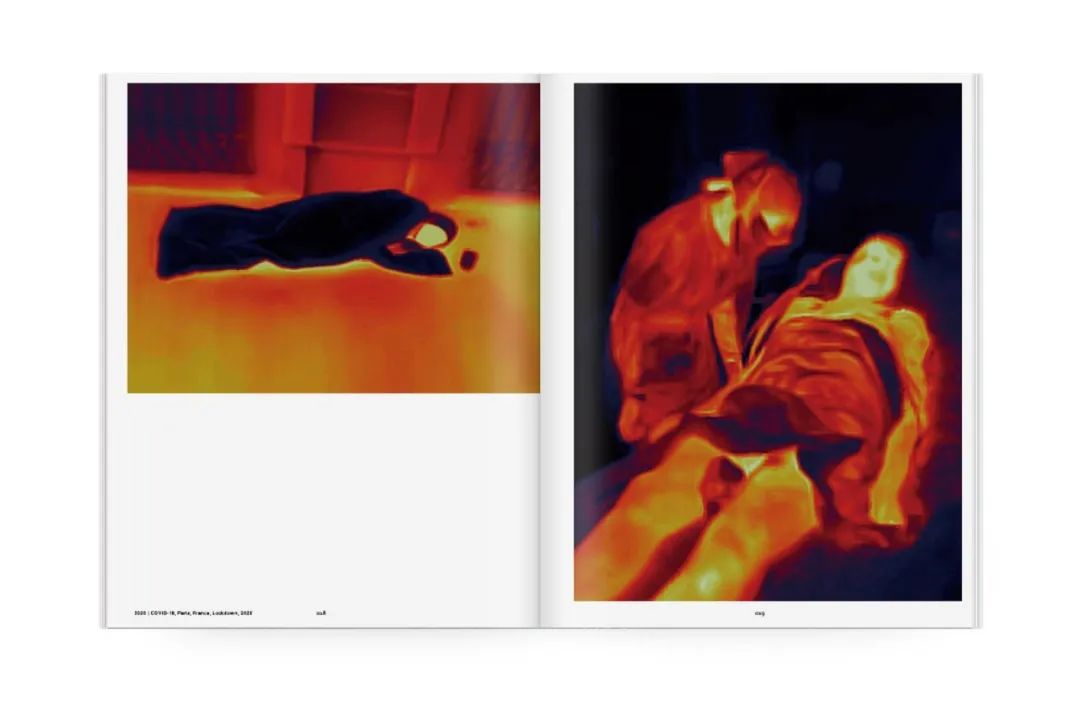
Antoine d'Agata "COVID-19,Paris,France" 『Decades(No.1 2000_20 Issue)』 | |
| Q.(傅尔) |
創刊号に参加した10人の写真家のほとんどがアジア人ですが、欧米からの写真家もいます。 写真家を選ぶ基準や条件は何ですか? | |
| A.(岩根) |
初めに、(以前のようには)行き来ができない地域の写真家たちとやりとりがしたいと思いました。雑誌に参加してもらうことで、オンラインではない交流がしたいと思ったのです。 寄稿してくださった方たちとは、それぞれにさまざまな縁で繋がりました。それぞれにお願いしたかった理由があり、一つの基準や条件はありません。 2020年内に出版したかったので、賛同してすぐに寄稿していただいた皆さんにとても感謝しています。 | |
| Q.(傅尔) | 『Decades』では、写真家たちの20年を対比しています。この20年、あなたにとっては何が一番変わりましたか? また、『Decades』の編集過程で、写真家たちの20年の変化をどのように感じましたか? | |
| A.(岩根) |
この20年間、20代から40代の私は、写真を撮ることで生活してきました。 その生活の中でさまざまな考え方が変わりました。 編集作業では、雑誌の中で同じ20年間の時間が並ぶことが、さまざまな作家の写真への理解に影響しあうことを楽しみました。 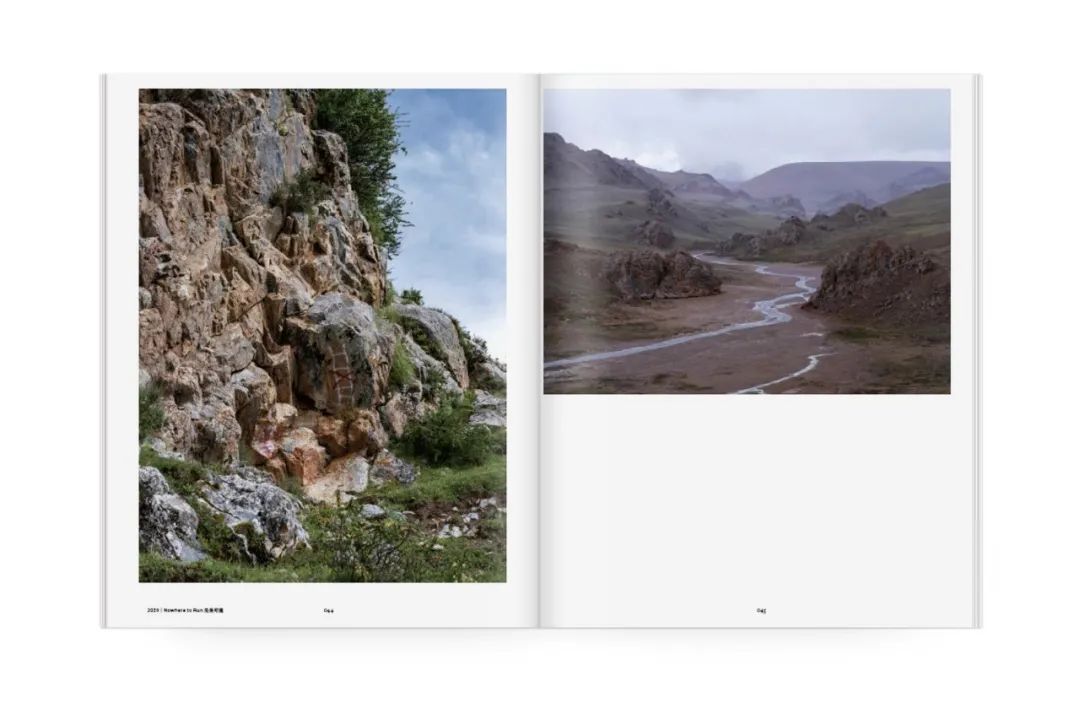
Luo Dan "Nowhere to Run"『Decades(No.1 2000_20 Issue)』 | |
| Q.(傅尔) |
中国の写真家の駱丹(Luo Dan)が参加していますね。なぜ彼を選んだのでしょうか? 駱丹さんの作品のどこに魅力を感じますか? | |
| A.(岩根) |
中国在住の作家にぜひ参加してもらいたいとの思いがありましたが、個人的な知り合いがいませんでした。『Decades』を発行してくださることになった赤々舎の姫野さんに相談して、見せてもらった駱丹の写真にとても惹かれたのです。どのシリーズも全く違うスタイルで、得体の知れないスケールを感じました。藤岡亜弥さんも駱丹を勧めてくださいました。彼女も得体の知れないスケールがある方です。 新疆の開けたランドスケープと、新疆に至るまでの彼の行動についてのエッセイは、本当に素晴らしく、何度読んでも面白いです。彼の言葉はさまざまな戸惑いに対してとても素直で、環境が違う日本の私も共感することができるのです。 個人的に、新疆はずっと行ってみたい場所でした。ホータン川ができるその瞬間に行ってみたい。そう思ってから、努力すれば行けたのに、行かなかった。今は努力しても行くことができなくなった新疆で、駱丹が縦横無尽に駆け回って撮影した写真が届いたことは、雑誌制作でしかなし得なかった、大きな喜びでした! 駱丹と、中国大陸の、スケールの大きさを改めて感じます。 | |
| Q.(傅尔) | 『Decades(No.1 2000_20 Issue)』では、「A New River Flows」という最新作を掲載していますね。 このシリーズの核となっているのは、13年前に亡くなった1歳年下の妹Kさんの物語です。2019年に木村伊兵衛写真賞を受賞した前シリーズ『KIPUKA』はすでにおなじみですね。新シリーズでは、ハワイに住む日本人移民の文化的な習慣や生活への視点から、あなた自身の内面的な経験や物語へとシフトさせています。クリエイティブなシフトはどのようにして生まれたのでしょうか?
| |
| A.(岩根) |
2020年の春は例年通り、福島で避難区域の桜を撮影するつもりでした。これまでは原発事故後の避難区域だけが「誰もいない桜」であったのが、今年は各地の桜の名所が閉鎖され、ライトアップが消えました。福島より北へ、暗闇の桜を追いました。 桜の季節に死んだ妹や友人たちのことを、桜を見るといつも思い出すものでしたが、今年は北へ向かってずっと長い間桜を見続けたので、彼女たちのことを考える時間も長かったのです。
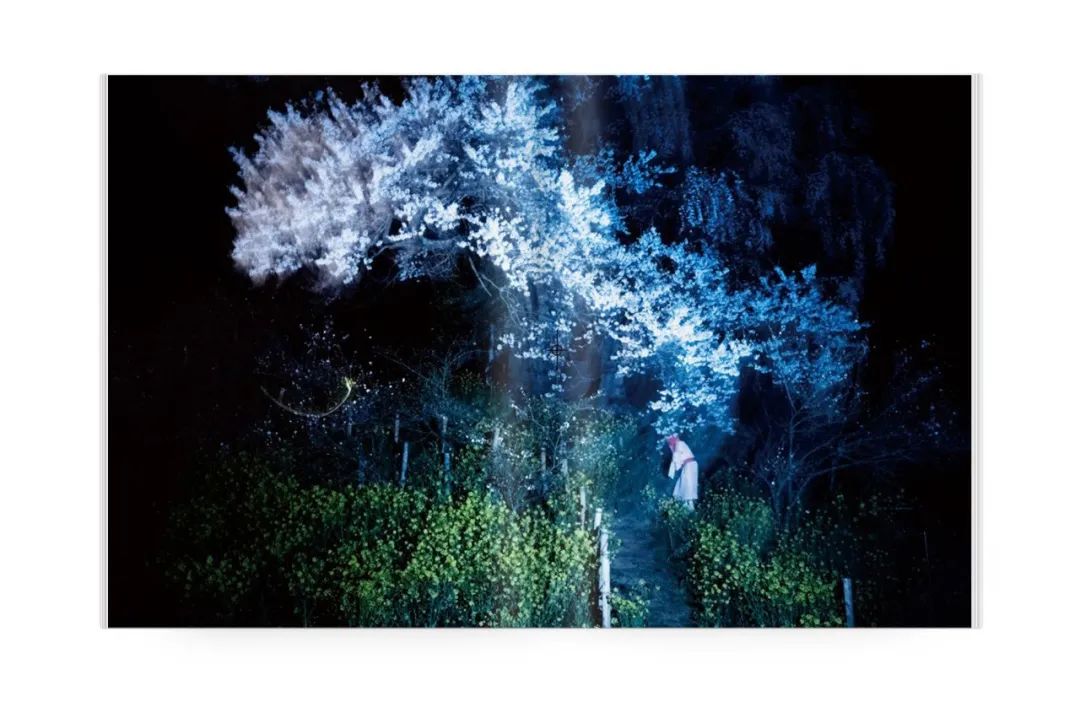
Ai Iwane "A New River"『Decades(No.1 2000_20 Issue)』 | |
| Q.(傅尔) |
次号は今年(2021年)の年末ですか?次号の大まかな方向性を簡単にご紹介いただけますか?
| |
| A.(岩根) |
雑誌というからには続けないといけないので、今年の年末に次号を出すことは決めています。 具体的な案もあるのですが、残念ながらまだお話しできません! 次号のあとのことは、何も考えていません。 | |
| Q.(傅尔) |
個人的には、この流行があなたに与えた影響は何ですか?あなたから見て、写真家全体にとっての主な影響は何だと思いますか? もし流行が終息したとしたら、あなたは何をしたいですか? | |
| A.(岩根) |
2020年春、日本全国に発令された緊急事態宣言の2ヶ月間、私はずっと福島をベースに、岩手、青森などの東北の桜を撮影していました。(『A NEW RIVER』 bookshop M, 2020 ) 東京都写真美術館でのグループ展『あしたのひかり』は会期を変更せず、予定通りの2020年7月28日から開催されることになり、ここで新作『あたらしい川』を展示することにしたので、会期までは準備で慌ただしく過ぎていきました。 設営を終えて、目の前の、移動の制限により空白となった時間をようやく実感しました。 制限に対して抗い、止まることを私は拒否して『Decades』をつくりました。本当は立ち止まり、深く自分の奥へ降りていくべき時間だったのかもしれません。長い桜の時間を過ごしたばかりで、その奥へ行くよりも、雑誌を造ることが魅力的に思えたのです。 これまでは移動の合間の休憩地点のようであった、東京の自宅でずっと過ごしたことで、KIPUKAで追いかけた、ハワイと福島のことを、知るだけでなく、その2つの場所を行き来することも、私の喜びだったことに気づきました。移動によって得られる、時間や空間とのコミュニケーションが、私の原動力ともなっていたのです。 流行が終息したら、ラハイナのビーチで泳ぎたいです。 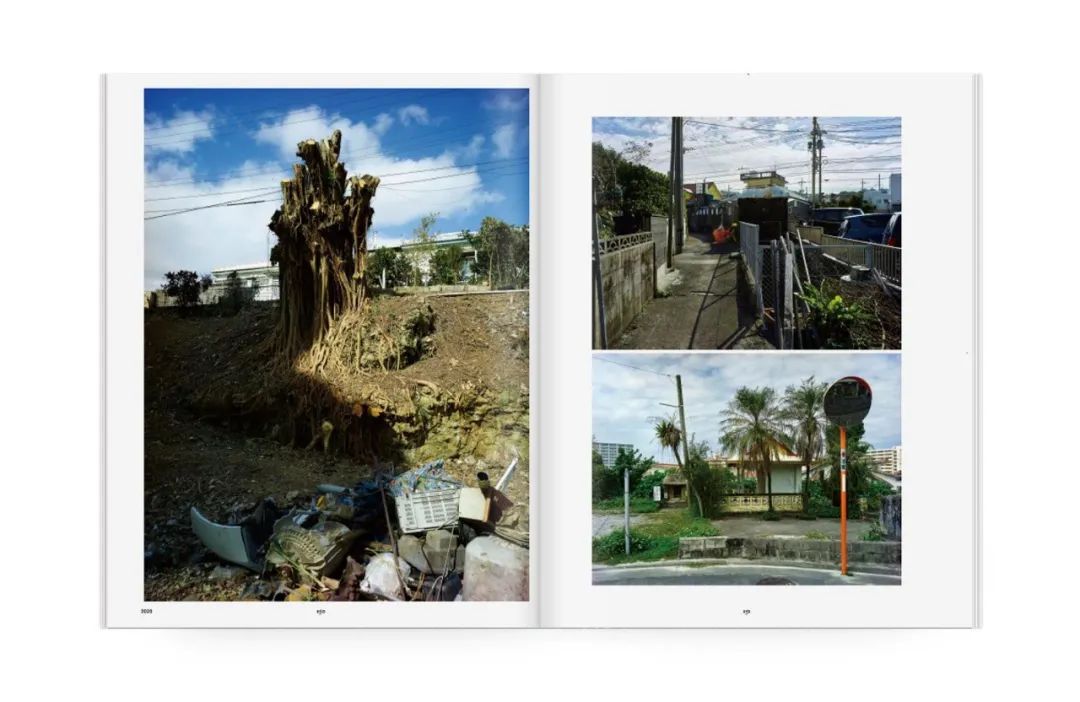
Ryuichi Ishikawa "2020"『Decades(No.1 2000_20 Issue)』 Interviewer :Joanna Fu
Interviewee:Ai Iwane
|
| Q.(Joanna Fu) |
Did you start this magazine because of the epidemic, or was it an idea that you had accumulated for a long time? As a photographer, why would you think of running a magazine? | |
| A.(Ai Iwane) |
I had thought about creating a magazine someday for almost 20 years. 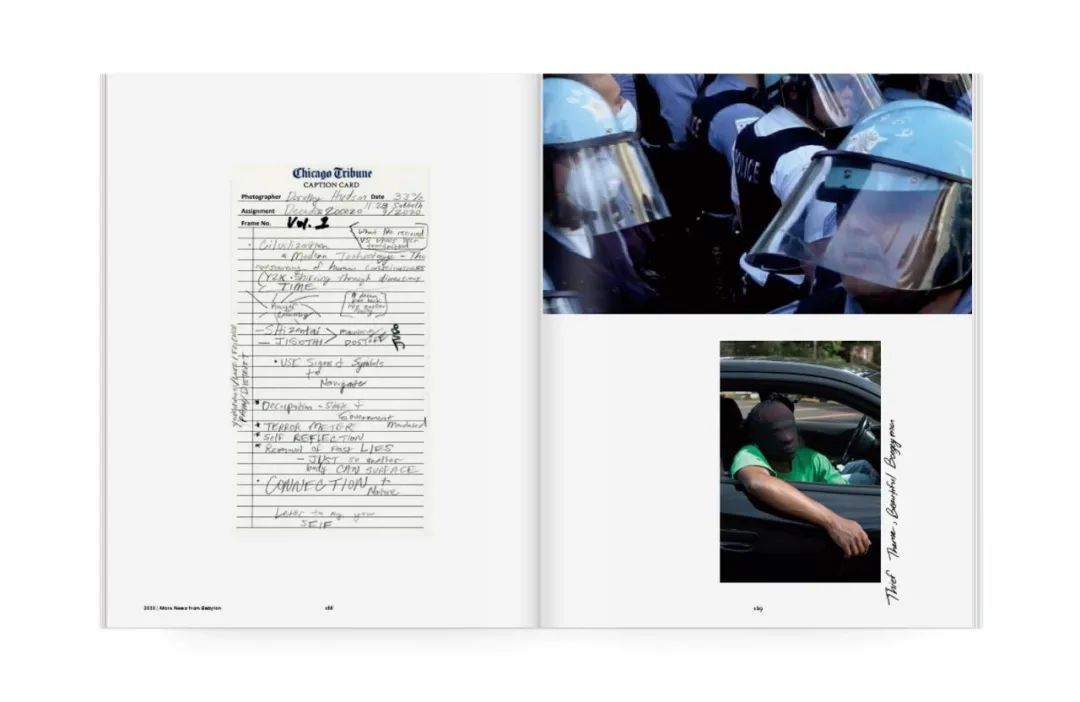
Mandela HUDSON "More News from Babylon"『Decades(No.1 2000_20 Issue)』 | |
| Q.(Joanna Fu) |
Time seems to be the key word of this magazine, as it's name "Decades". Could you talk about the origin of the name of this magazine? | |
| A.(Ai Iwane) |
The theme of the magazine is to extract blocks of time and their meanings from the units of Millenials (1000 years), centuries (100 years), and decades (10 years). | |
| Q.(Joanna Fu) |
What are the differences between a magazine founder and a photographer? What has been the most difficult transition for you? | |
| A.(Ai Iwane) |
Every possible element was different between being a magazine founder and a photographer! 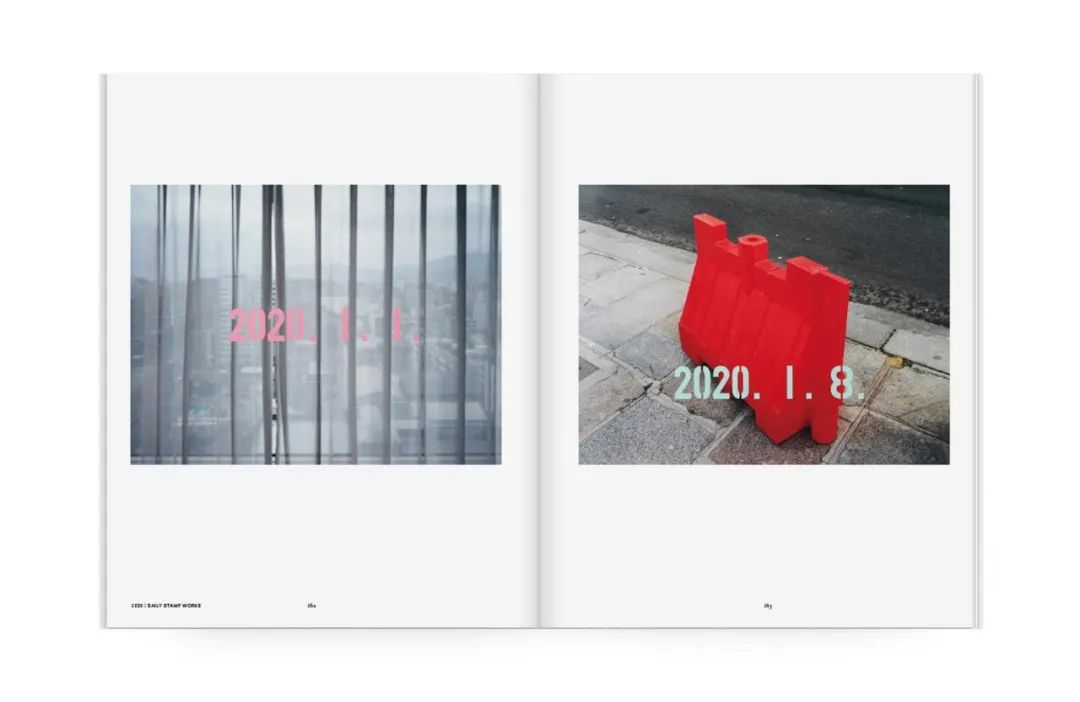
Seung Woo Back "DAILY STAMP WORKS"『Decades(No.1 2000_20 Issue)』 | |
| Q.(Joanna Fu) |
In the current first issue of the magazine, most of the 10 photographers you selected are Asian, but there are also some from Europe and the United States. What are your criteria or conditions for choosing a photographer? | |
| A.(Ai Iwane) |
I initially wanted to communicate with photographers in areas that I couldn't travel to (as I used to). By having them participate in the magazine, I wanted to have an exchange that wasn't possible online. | |
| Q.(Joanna Fu) |
In this magazine, you take 20 years as the time interval for each photographer. What has changed in 20 years for you? In the process of editing this magazine, how do you feel about the changes in other photographers' works over time? | |
| A.(Ai Iwane) |
I have made a living by taking photographs from my twenties to my forties. 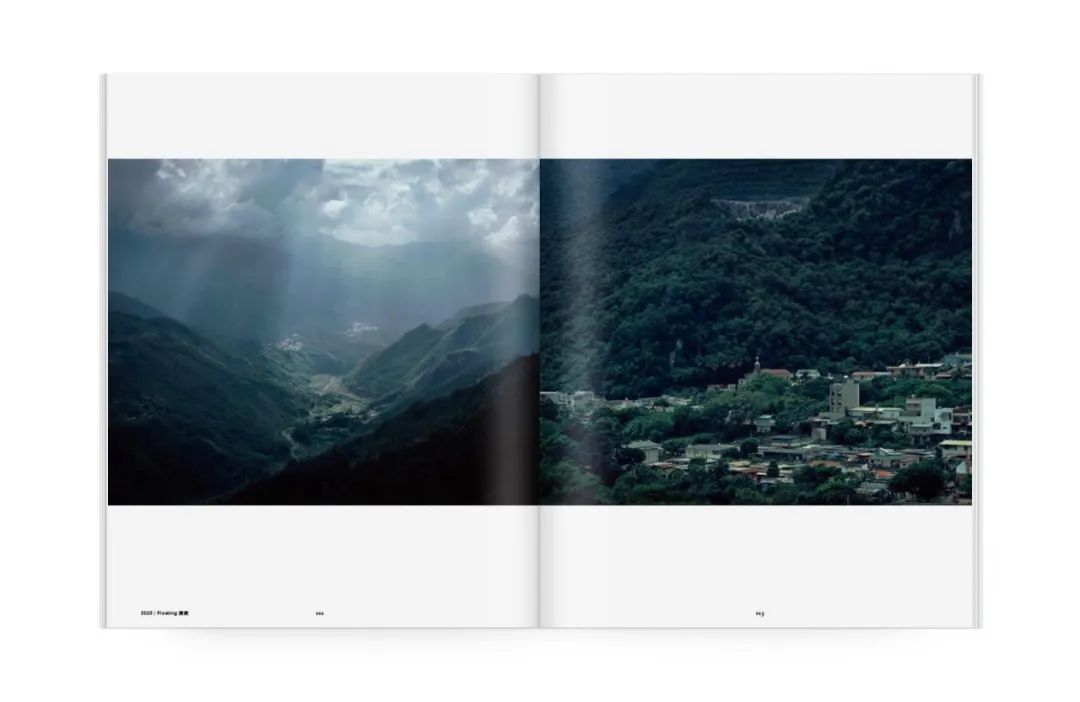
SHEN Chao-Liang "Floating 漂流" 『Decades(No.1 2000_20 Issue)』 | |
| Q.(Joanna Fu) |
In this issue of the magazine, you choose Luo Dan among the photographers in mainland China. | |
| A.(Ai Iwane) |
I wanted to invite artists living in China to participate, but I didn't have any personal acquaintances, so I consulted with Ms. Himeno of Akasha, the publisher of "Decades," who showed me Luo Dan's photographs and I was very attracted to them. Each series had a completely different style, and I felt an unfathomable scale. Aya Fujioka also recommended Luo Dan to me. | |
| Q.(Joanna Fu) |
In this magazine, you present your latest series, "A New River Flows". The core of this series is the story of your one-year-younger sister K who passed away 13 years ago. We are already very familiar with your previous series KIPUKA, which won the Ihei Kimura Photography Award in 2019. In the new series, you have shifted your attention from the cultural customs and current life of Japanese immigrants in Hawaii to your own inner experience and story. How did your creative shift come about? | |
| A.(Ai Iwane) |
In the spring of 2020, I initially intended to photograph cherry blossoms in the evacuation zone in Fukushima as usual. In the past, the evacuation zone was the only "empty cherry blossoms" after the nuclear accident, but this year, cherry blossom viewing spots were closed with their lights turned off everywhere throughout the nation. From Fukushima, heading towards the north, I followed the cherry blossoms in the dark. 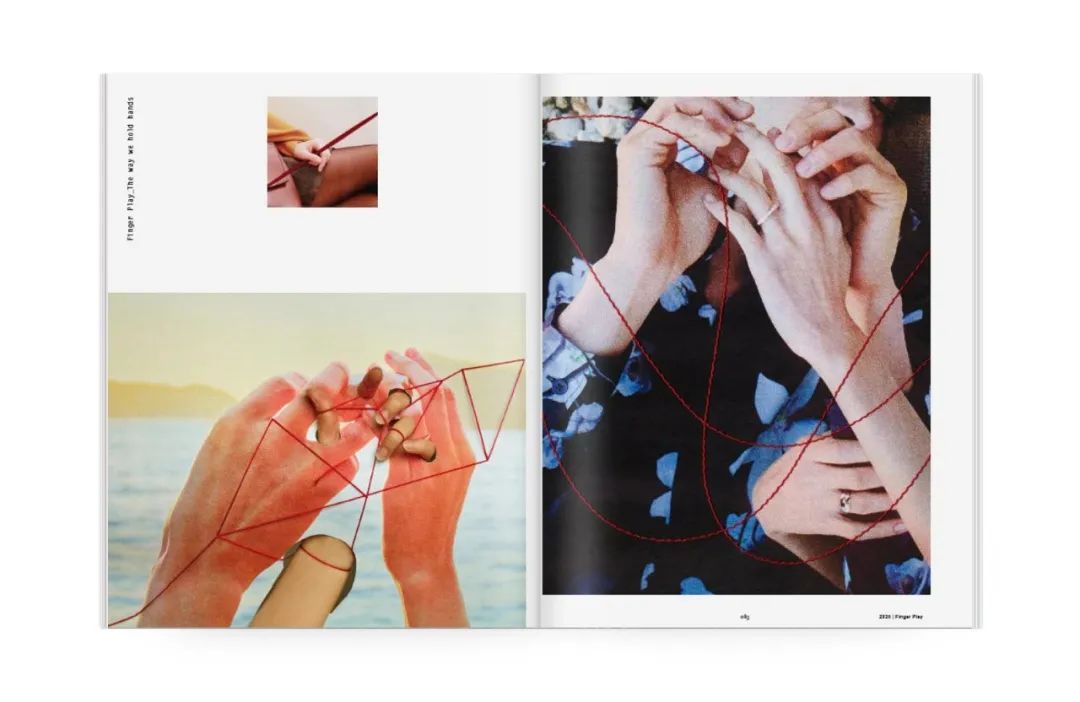
Jinhee Kim "Finger Play"『Decades(No.1 2000_20 Issue)』 | |
| Q.(Joanna Fu) |
From our conversation earlier, I know that this magazine will appear as an annual issue. Why is it so? | |
| A.(Ai Iwane) |
Because that was how I came up with! | |
| Q.(Joanna Fu) |
Will the next issue come out at the end of this year (2021)? Could you give us a brief introduction to the general direction of the next issue? | |
| A.(Ai Iwane) |
We have decided to publish the next issue at the end of this year. I do have some concrete ideas, but unfortunately, cannot tell you about them yet!
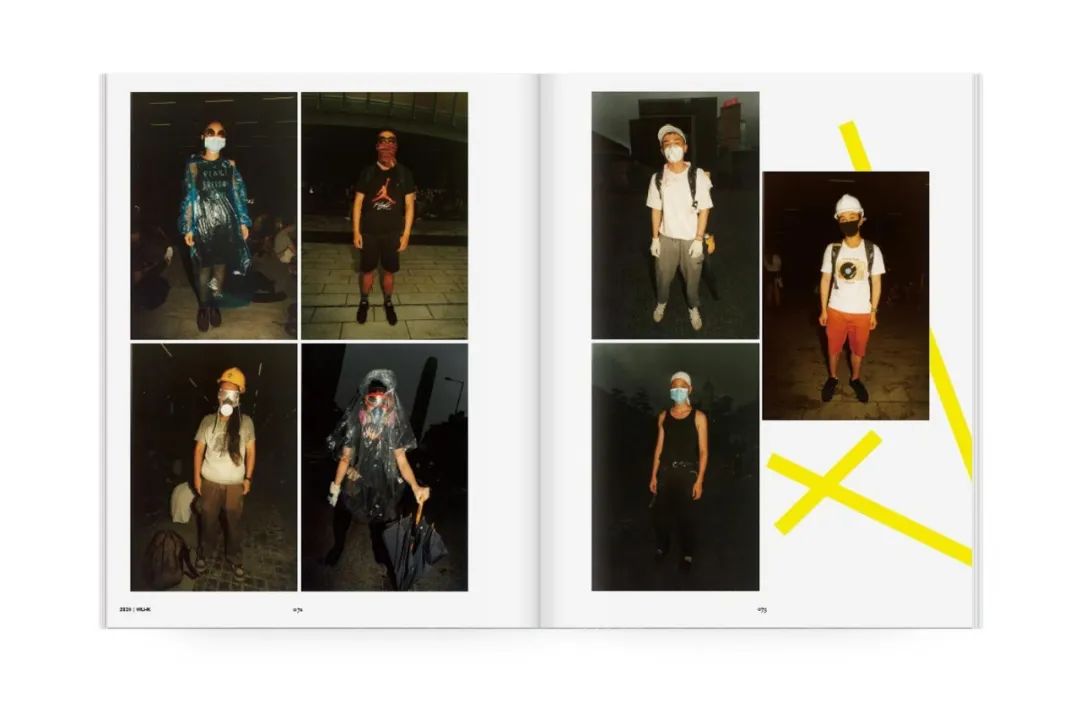 ERIC "WLHK"『Decades(No.1 2000_20 Issue)』 | |
| Q.(Joanna Fu) |
What is the personal impact of the epidemic on you? During this time, in terms of your observations, what is the main impact of the epidemic on photographers as a whole? What would you most like to do if the epidemic ended? | |
| A.(Ai Iwane) |
In the spring of 2020, during the two months of the State of Emergency that was declared throughout Japan, I was based in Fukushima and was photographing cherry blossoms in Iwate, Aomori, and other regions in Tohoku. ("A NEW RIVER," bookshop M, 2020)
|
|
|

